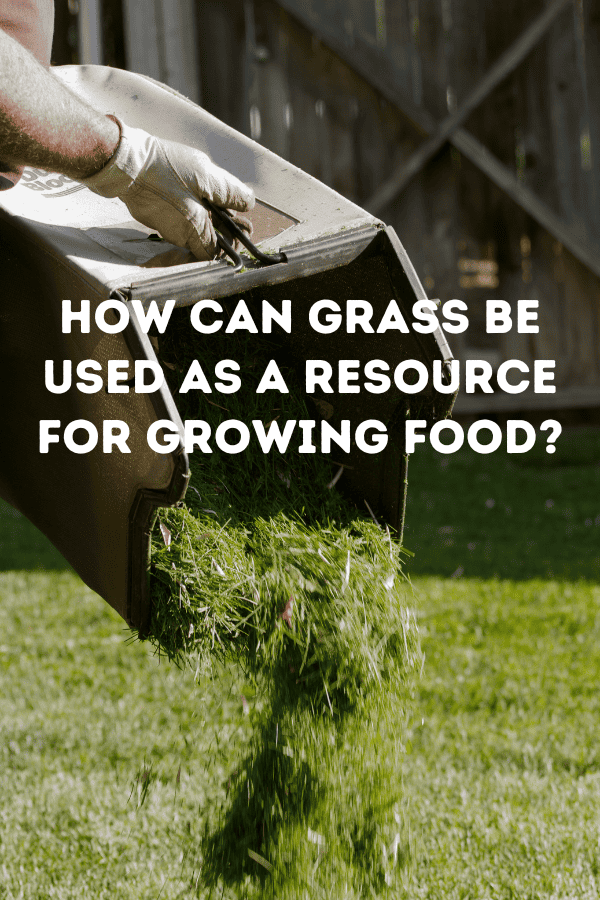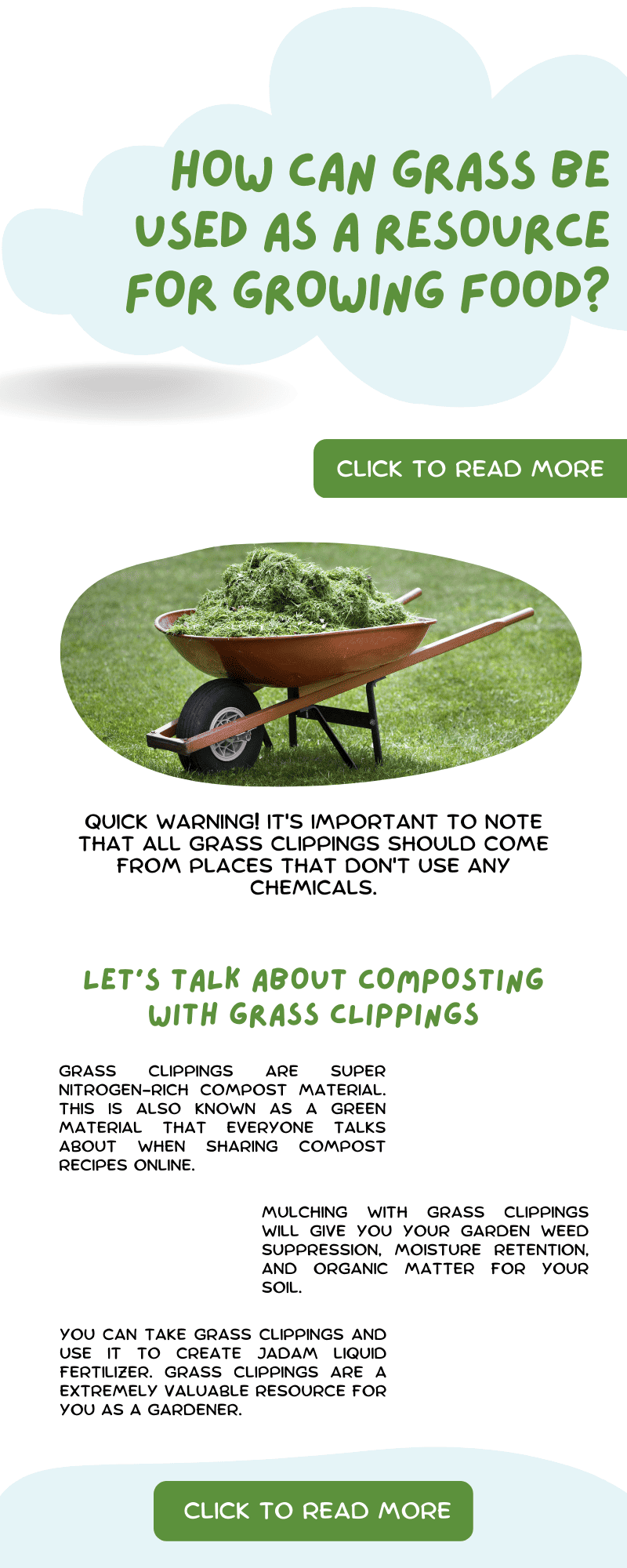
Today we're going to talk about grass and grass clippings. Grass clippings are a free resource. All gardeners should take the collection of grass clippings seriously (Never throw them away!). However, a quick warning. It's important to note that all grass clippings should come from places that don't use any chemicals.
Maximizing Your Garden's Potential with Grass Clippings
First, let's talk about composting with grass clippings. Grass clippings are super nitrogen-rich compost material. This is also known as a green material that everyone talks about when sharing compost recipes online. Mixing them with carbon-rich materials like cardboard or fallen leaves will give you great compost. Apply them in layers no thicker than about an inch. Mix grass clippings with other materials or you are going to get a sludge like material.
Mulching with grass clippings will give you your garden weed suppression, moisture retention, and organic matter for your soil. Some plants that are not bothered by slugs. For these type of plants you can mulch them with a thicker layer of grass clippings. However, cover the surface with a thinner layer if you are worried about slugs.
You can also turn your grass clippings into a carbon material by drying them out. Spread them out over a large piece of cardboard then flip them over twice a day. This is a great way to get a brown material for your compost recipe.
Lastly, You can take grass clippings and use it to create JADAM liquid fertilizer. Fill a bucket with fresh grass nearly to the top and then cover it with rainwater. Add some leaf mold or old homemade compost to inoculate the bucket. Close the bucket. Let it sit for two weeks. Afterward, dilute the mixture with water. Use it as awesome fertilizer for your plants.
Grass clippings are a extremely valuable resource for you as a gardener. These tips will definitely help you grow more food and have a more productive and healthy garden.
Embed this infographic on your site.

